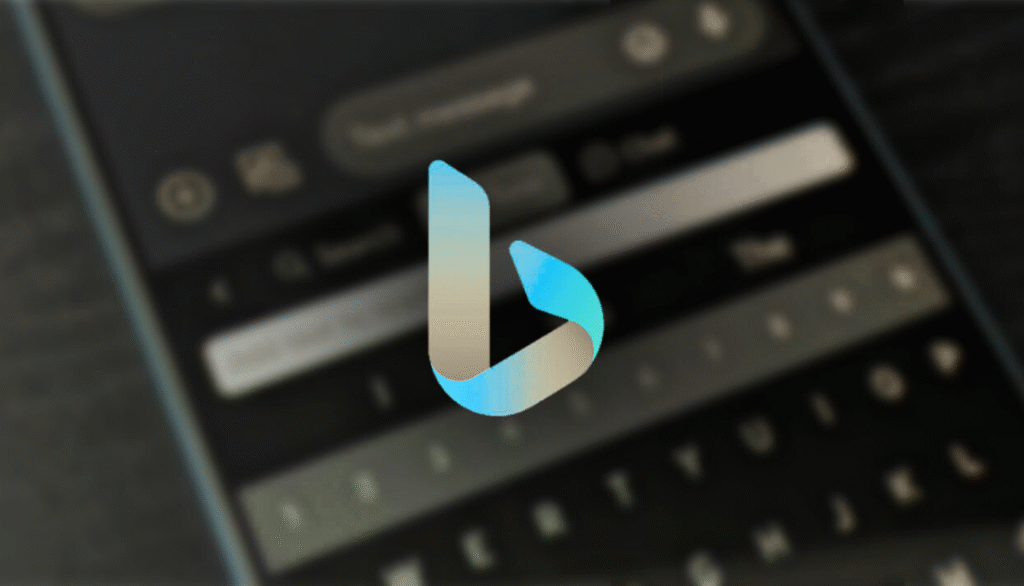A new free AI video generation tool within its Bing mobile app, powered by OpenAI’s Sora model, sounds good right? This means that, for the first time, the public can experiment with Sora at no cost, albeit with some constraints on usage and functionality.
Highlights
- First public access to Sora: Microsoft introduces Bing Video Creator, the first free tool to offer public use of OpenAI’s powerful Sora model—accessible via the Bing mobile app.
- Free usage with limits: Users get 10 free video generations. Further clips cost 100 Microsoft Rewards points each, which can be earned via Bing searches or Microsoft Store activity.
- Current video limits: Only 5-second vertical clips (9:16) are supported at launch. Generation may take hours, and only three requests can be queued at once.
- Wider support in development: Microsoft is working on desktop access, landscape video output (16:9), and integration into Copilot and broader Microsoft tools.
- Sora’s capabilities: The model supports rich, scene-consistent outputs with multiple characters, natural motion, and emotional depth—powered by advanced language comprehension.
- Democratizing video AI: The Bing integration makes cutting-edge generative video tools more accessible to everyday users, previously available only to beta testers or enterprises.
- Rewards ecosystem tie-in: Microsoft encourages user engagement through its point-based rewards system, blending AI tool access with broader ecosystem participation.
- Strategic edge for Microsoft: By rolling out generative video features publicly ahead of competitors, Microsoft continues its trend of embedding OpenAI tech throughout its services.
- Future outlook: With expanded format options and faster generation on the roadmap, Bing Video Creator is poised to become a key tool for casual creators and social media users alike.
Public Debut of Sora Through Bing
Previously available only to select users through OpenAI’s own channels, the Sora model now powers Bing Video Creator, enabling users to generate short videos from text prompts. The tool is currently exclusive to the Bing mobile app and requires a Microsoft account for access.
Users can generate up to 10 video clips for free. After that, additional video generations cost 100 Microsoft Rewards points per clip.
These points can be accumulated by engaging with Microsoft services—such as conducting Bing searches or making purchases through the Microsoft Store. For instance, desktop Bing searches earn 5 points each, up to a daily maximum of 150.
Technical Constraints at Launch
The tool currently supports only vertical videos (9:16 aspect ratio) and is limited to clips of up to five seconds in length.
Users can queue a maximum of three videos at a time. Despite being labeled as “fast,” video generation can still take several hours, reflecting the early stage of the technology’s integration into consumer-facing platforms.
Microsoft has stated that desktop support and horizontal video formats (16:9) are in development and will be added in future updates. Integration into Copilot Search is also planned, further embedding generative video capabilities into Microsoft’s broader ecosystem.
OpenAI’s Sora Model
OpenAI’s Sora is a next-generation text-to-video model that can produce complex scenes featuring multiple characters, fluid motions, dynamic environments, and persistent narrative logic.
It demonstrates advanced natural language comprehension, allowing for nuanced interpretations of prompts, including emotional expression and scene continuity across frames.
Democratizing AI Video Tools
By integrating Sora into Bing, Microsoft is taking a step toward democratizing access to generative video tools, which have until now been limited to enterprise users or closed beta participants.
Though the Bing implementation includes time, length, and resolution limitations, it lowers the barrier to entry for everyday users interested in experimenting with AI video creation.
Reward System Integration Encourages User Engagement
The monetization structure ties directly into Microsoft Rewards, an incentive system designed to increase user activity within the Microsoft ecosystem.
This approach not only encourages usage of Bing search and the Microsoft Store, but also provides a low-cost entry point for users to explore new AI capabilities without requiring direct financial investment.
Microsoft and the AI Market
This rollout continues Microsoft’s broader strategy of embedding OpenAI’s technologies across its products, including Copilot, Edge, and now Bing.
While other tech companies still restrict similar tools behind paywalls or private testing phases, Microsoft is positioning itself as a frontrunner in making advanced generative tools widely accessible.
Although the current iteration may not meet the demands of professional content creators or power users, it sets the groundwork for more robust implementations to come.


